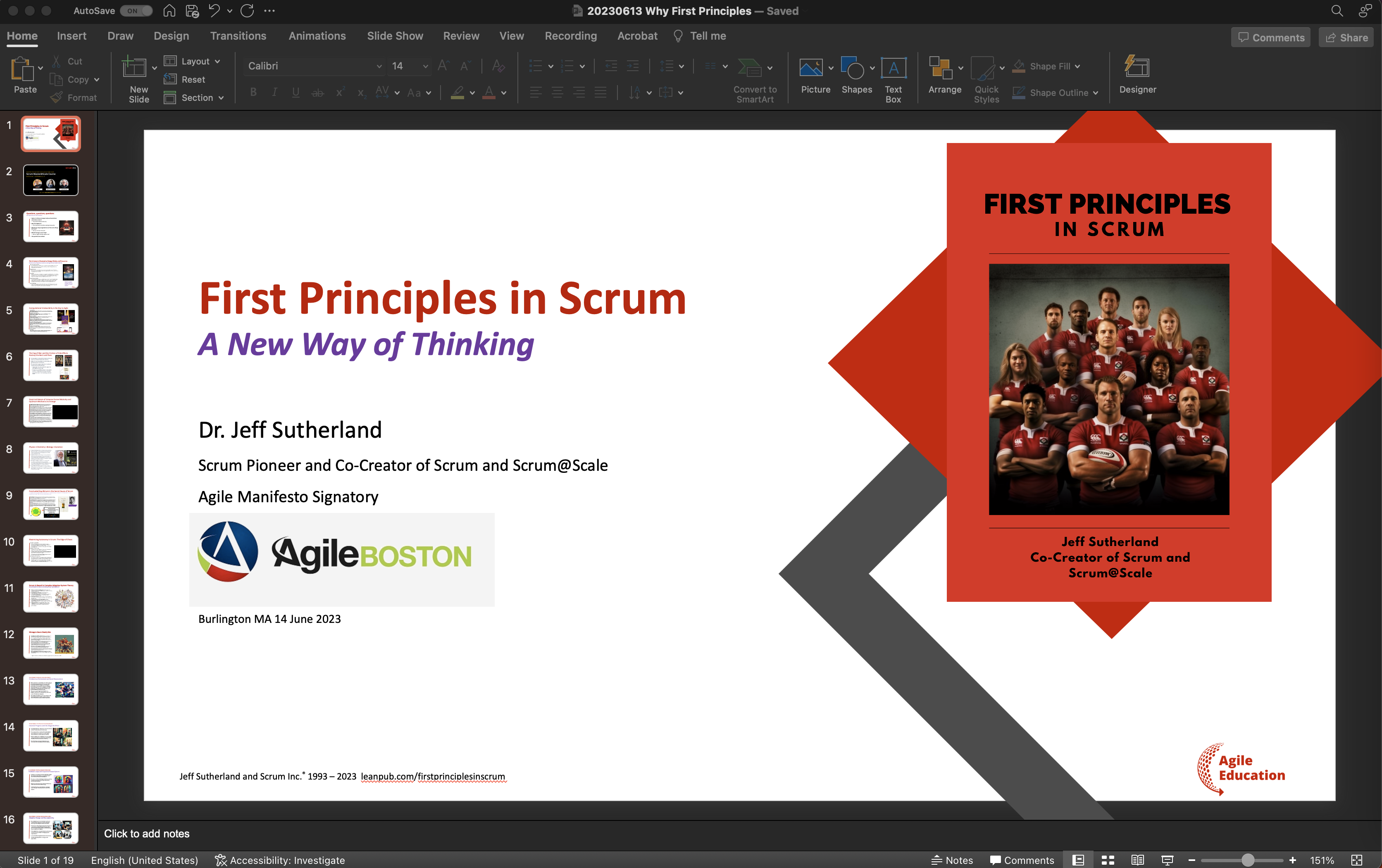Introduction
Today, we delve into the fascinating origins of Scrum, a widely popular Agile project management framework, and explore how its principles were shaped by Toyota’s lean thinking philosophy. This article will not only take you on a journey through Scrum’s history but also provide valuable insights into how lean thinking can improve your organization’s efficiency and effectiveness.
The Birth of Scrum and its Connection to Toyota
Scrum’s inventor found inspiration in Taiichi Ohno, the creator of the innovative Toyota Production System (TPS). Ohno’s approach focused on eliminating waste in manufacturing processes, and Takeuchi and Nonaka’s observations of Toyota and other companies led to the development of Scrum. The framework was further influenced by their article, “The New New Product Development Game,” with lean thinking and waste reduction remaining integral to Scrum’s core principles.
Embracing Empiricism, Lean Thinking, and the Scrum Master’s Role
Scrum combines empiricism and lean thinking to foster a flexible, adaptive approach to product development. This combination allows teams to swiftly respond to changing requirements and market needs. The Scrum Master embodies lean thinking, with their primary goal being to reduce TAKT time and enhance process efficiency. Key responsibilities include facilitating cross-functional teams by removing impediments and streamlining workflows for continuous improvement.
Lean Techniques in Scrum and Continuous Improvement
Scrum emphasizes process efficiency as a key success metric, and various lean techniques are used to achieve this. Some techniques include Kanban, Lean Startup, Value Stream Mapping, Batch size reduction, Continuous integration, Test-driven development, Visual management, and Timeboxing. Moreover, continuous improvement is a core principle in both Scrum and lean thinking, with Scrum’s regular retrospectives fostering a culture of ongoing growth.
Respect for People: A Shared Value in Scrum and Toyota’s Philosophy
Toyota’s “Respect for People” principle aligns with Scrum values of openness, respect, courage, focus, and commitment. Prioritizing respect leads to better transparency, collaboration, problem identification, and effective solutions, ultimately resulting in high-quality products.
Tesla: A Modern Example of Lean Excellence
Tesla, the world’s most lean company, embraces Agile principles derived from Scrum. Its relentless focus on improvement and innovation in the automotive industry showcases the power of continuous improvement and lean thinking.
Challenges and Best Practices for Implementing Lean Scrum
Implementing Lean Scrum may face various challenges such as resistance to change, lack of understanding, inconsistent application, overemphasis on tools, lack of leadership support, and unforeseen external factors. Best practices to overcome these challenges include focusing on process efficiency and waste reduction, cultivating a culture of continuous improvement, using data and metrics, encouraging collaboration and cross-functional teamwork, and emphasizing transparency.
Conclusion
The origins of Scrum and its connection to Toyota’s lean thinking philosophy demonstrate the power of combining continuous improvement, waste reduction, and respect for people. As you embark on your journey to improve your organization’s efficiency, consider embracing the principles of Scrum and lean thinking. Examine your processes, prioritize improvement, and foster a culture of collaboration and respect to drive your organization towards greater success.
Are you ready to embrace Scrum and lean thinking to transform your organization? Start your journey today and unlock the full potential of your team’s efficiency and innovation.


